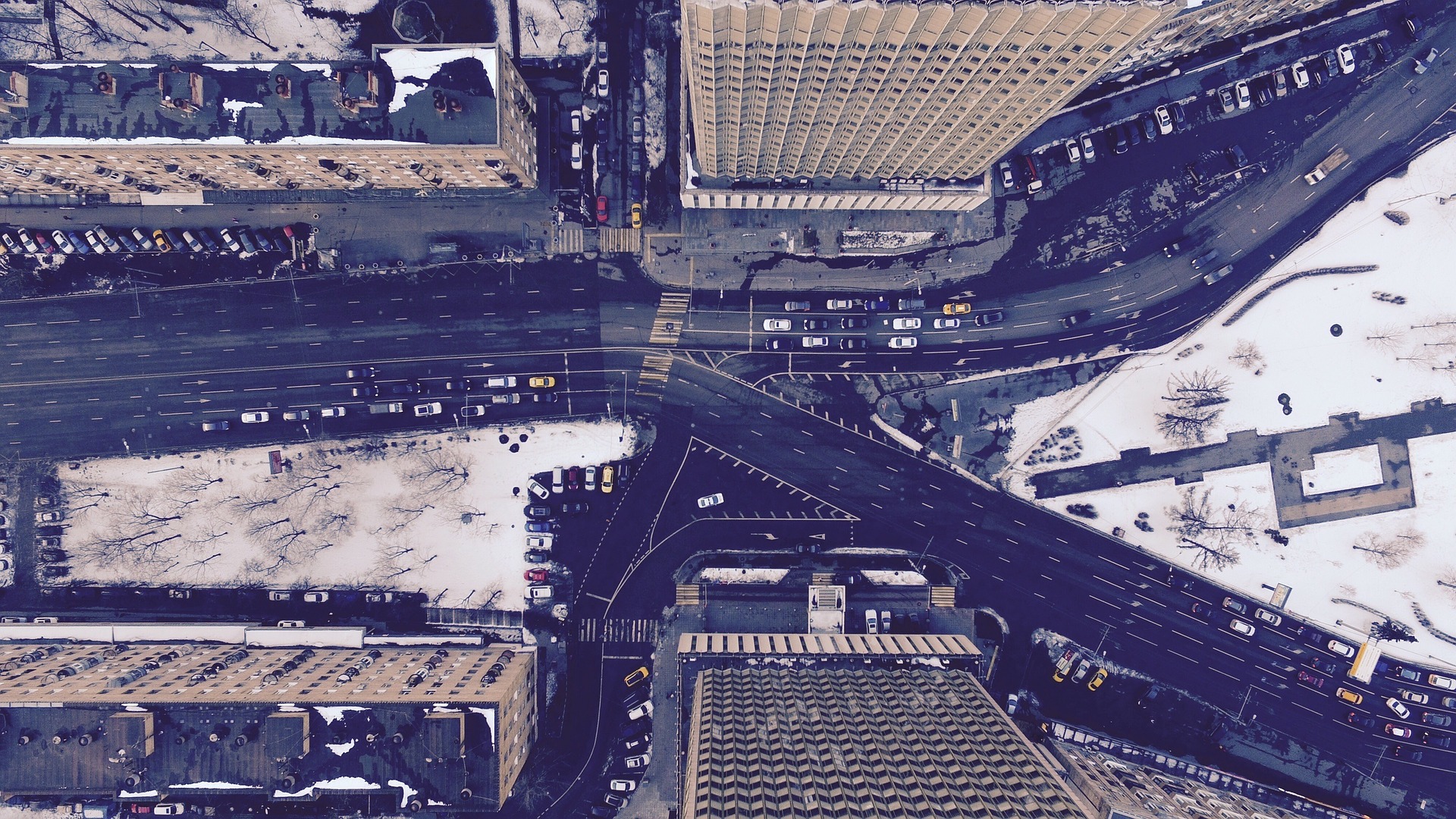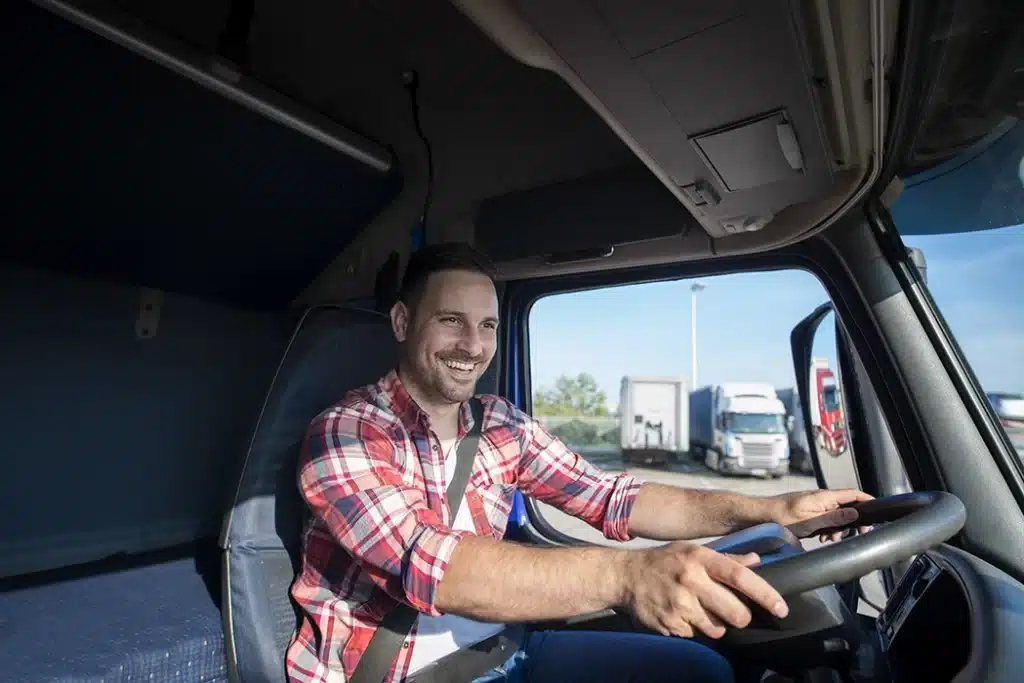Public works are the most evident signs that your city and community continues to work for you. On any given day, your snow and ice is removed, potholes are patched or waste is removed. When your community collaborates to solve problems such as roads, highways, drainage, water projects and sewers, they’re engaging in public works.
Because public works are a complex network of agencies and interests, trying to track metrics without technology can be a daunting, if not impossible task. A telematics solution can help you boost your city’s operations and gain greater insight into how your fleet’s performance measures up.
Generally, triggers for public works activity fall under three classifications: planned, urgent and emergency.
- Planned events occur on a scheduled, predetermined basis; for example, street sweeping and solid waste pick up. Planned events are predictable and represent the majority of public works activity.
- Urgent events are usually expected but not at a specific, predictable time. Examples of this are snow falls or removal of debris after a major storm.
- Emergency events occur beyond the normal scope of a public works agency. They can include urgent events such as a sudden snow storm, and events that agencies must respond to outside of their usual scope, such as pandemics, riots and floods.
Telematics plays a role at all three levels in providing better service and saving money. Public works service agencies and contractors use the resources they have available to improve and support their operations now and in the future.
How telematics can support your public works planning
Planned events
Telematics allow municipalities to do more with less, saving money, resources and time in the process. Public agencies can use telematics to support their equipment acquisitions, scheduling and preparation efforts during planned events. Public works managers can confirm that equipment is in good working order with engine diagnostics, that sewer jetters, leaf vacuums and street cleaners are deployed to specific locations and that coverage is achieved efficiently and accurately.
When combined with route mapping and service locations via Geographic Information Systems (GIS), a telematics solution offers real-time feedback on completion rates, allowing agencies to proactively detect missed service and insufficient resources before constituents complain.
Furthermore, determining the capacity of your staff and equipment within a given agency allows you to verify with legislative bodies the need for additional resources, or the relocation of existing assets if there’s an excess.
Urgent events
Urgent events can present public works with some of their biggest challenges. Storm damage, a large snowfall or a community event that leaves behind a lot of debris are all examples of urgent events that require an immediate response.
To this end, engaging a telematics solution can help public agencies successfully handle an event while successfully meeting an SLA’s (Service Level Agreement) criteria. Telematics allow you to measure progress and confirm planning and manage execution — all in real-time.
Urgent events also represent the majority of damage claims. To help avoid instances where the agency has been accused of damaging private property, telematics solutions can identify what safety equipment was engaged, as well as confirm location and speed of all activity.
Emergency events
The safety of citizens is always a top concern, especially in the case of an emergent event. These high-risk events require public works agencies to act as “first responders”. While no one wants a disastrous event, they are inevitable (if the current pandemic is any indication). In these scenarios, there are limits to the amount of planning and preparedness that can take place; often, public works agencies will be called upon to operate outside their usual jurisdiction, performing jobs they normally wouldn’t do.
For example, during the COVID pandemic, many agencies were required to move PPE, mobile medical equipment and supplies between different facilities to meet the immediate needs of their constituents. Responding quickly and efficiently is essential to citizen safety; telematics can help various city agencies achieve their goals and offer visibility into their operations for improved public satisfaction.
Telematics solutions provide visibility to emergency management groups and public works agencies, allowing both to confirm what assets are available, where and when. From there, city leaders can visualize at a glance what assets are available and make informed decisions at a faster pace.
Conclusion
Public works departments and other local government agencies have increasingly come to rely on telematics to improve operations, meet demand and plan more effectively. ZenduIT’s telematics solutions can improve today’s operations while supporting tomorrow’s planning strategies. Planning work, executing the plan and allocating resources require data that can be generated and managed most easily by telematics; when integrated with GIS, these solutions become indispensable.
If you’d like to learn more about improving your public works operations, our consultants will be happy to show you a demonstration. Book your demo now!







































